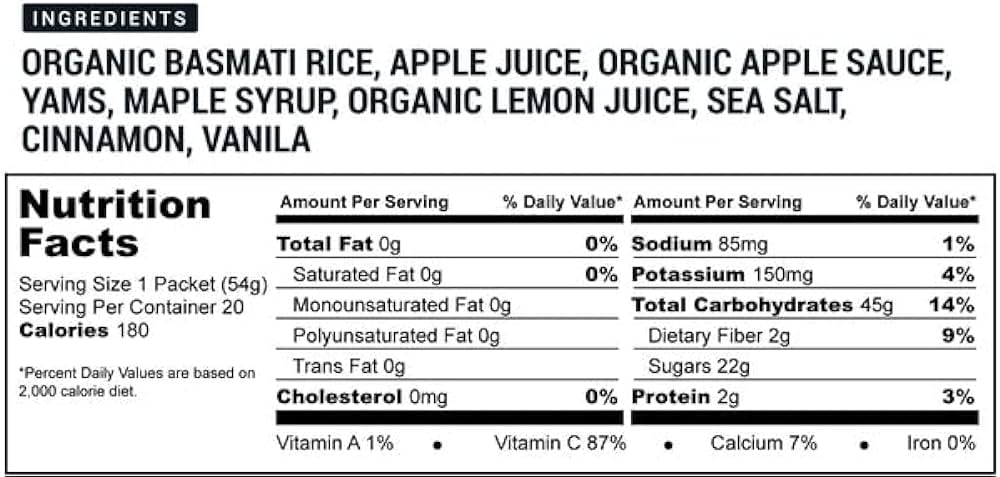An energy gel that tastes like cinnamon-y apple pie, is based on purely natural ingredients, offers an above-average amount of carbohydrates and calories, and also promises maximum tolerance? What sounds like culinary paradise on earth to the ears of a trail runner is the promise of Spring Energy’s “Awesome Sauce”. The gel, which was launched in 2022, enjoys cult status. It is the brand’s bestseller.
The “Awesome Sauce” has recently been the subject of controversy. It is nothing less than an accusation of fraudulent labeling. In other words, the “Awesome Sauce” is not as “awesome” as it claims to be. The stated nutritional values are not accurate, critics say. What initially appeared to be a dubious internet rumor is now turning out to be true. An independent laboratory test, the results of which are available to our editorial team, proves that Spring Energy has provided false information about the nutritional values of the “Awesome Sauce”. These are not minor deviations that could be explained by the production process. No, it is a matter of completely false figures that are astonishing. The significance of this spectacular event can be called “Springgate” in reference to previous scandals.
Did Spring Energy knowingly mislead its customers? Is this a major misunderstanding? Or is the embellishment of nutritional information in the food sector actually quite usual?






